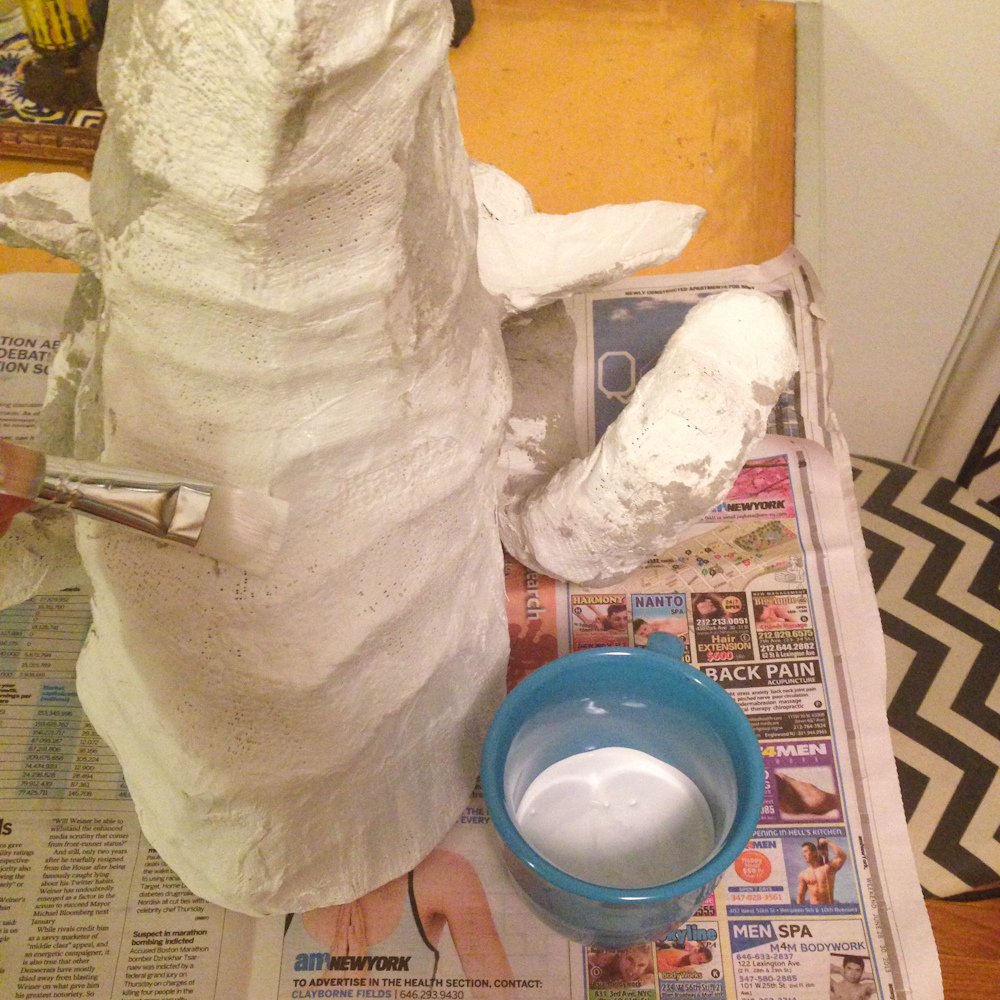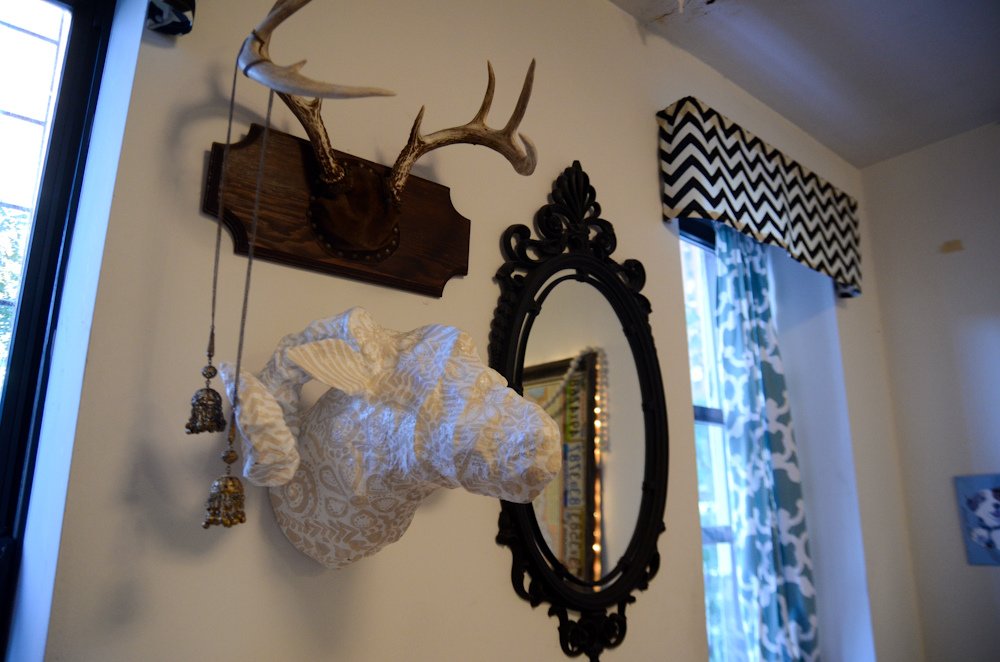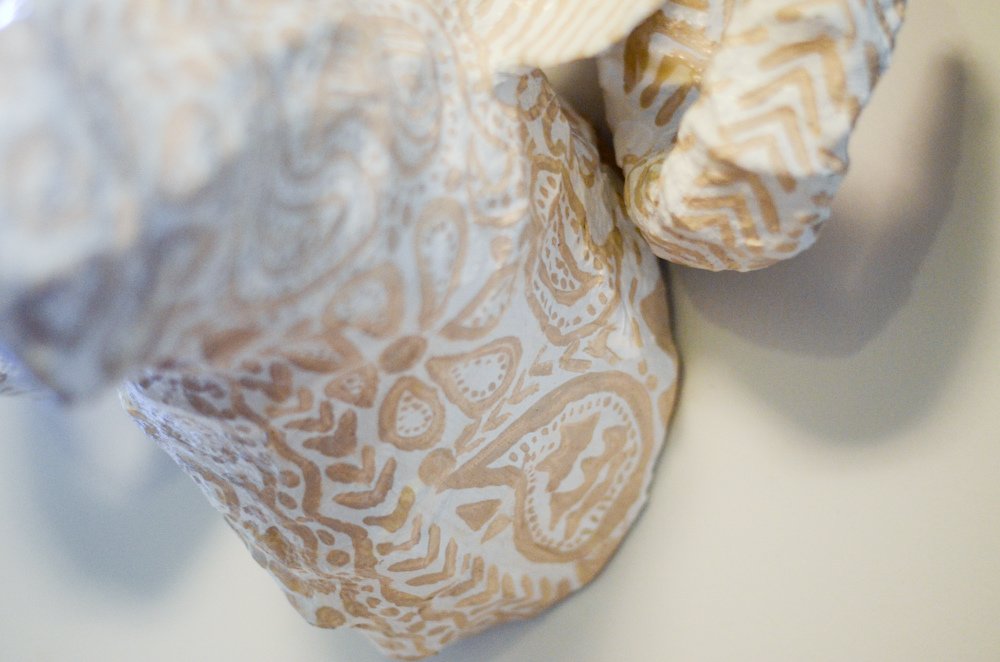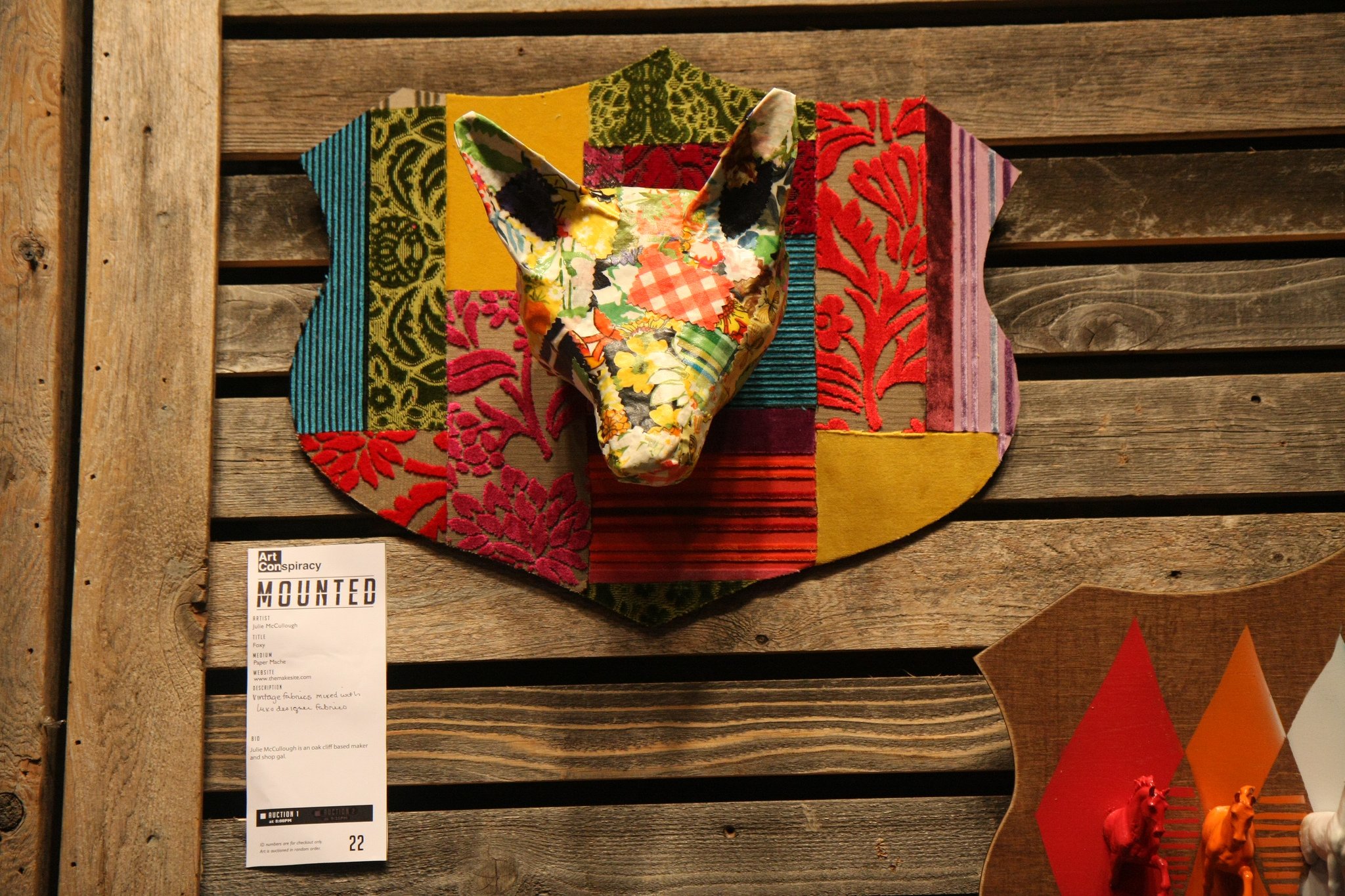
There is your regular taxidermy and then, there is faux taxidermy.
Let us first define what “faux” means. Merriam and Webster state that it is an imitation; Dictionary.com says that it is artificial or fake. Both dictionaries note that the word is derived from the old French term, “fals,” or false in modern-day terms.
With this in mind, are we dealing with fake taxidermy when referring to not-real taxidermy?
Apparently not. While indeed, faux taxidermy -- or white faux taxidermy which connotes the usual white-colored resin used for many faux animal heads -- does not employ the use of hide from an actual deceased animal, it is a more-than-ample representation of the animal as it actually looks like in its habitat.
Non-authentic taxidermy is primarily art. It challenges the practitioner to be more adept at capturing the finer details of an animal, considering that there is no organic specimen to base the animal’s features from. The practitioner has to rely on pictures and anatomy books to come up with non-traditional taxidermy heads that could compete with the actual taxidermy animals and even the living and breathing versions.

There is not much to go on as to where and when this sort of taxidermy started. However, the emergence of animal rights groups, as well as the strengthening of laws against poaching wildlife, have been said to have led to the rise of this more recent fad in taxidermy.
Prior to this, many large taxidermy specimens were animals who, due to overhunting and poaching, have dwindled in number. With more and more animals landing in the endangered species list, it apparently became natural for the next trend in taxidermy to do away with real fur and to replace these with sculpted or molded versions of the animals.
Just like any sort of art form, people have found many different ways to create new forms of taxidermy. Now, they take away the part of animal preservation and using natural materials to recreate the form of an animal.
The most elaborate non-traditional taxidermy pieces are the white kind, primarily because the materials used for them are either white resin or ceramics. A resin-based faux taxidermy head is much lighter and more resistant to breakage compared to the one made from ceramics or porcelain.
However, when it comes to a more polished and longer-lasting color and finish, one cannot go wrong with a faux taxidermy deer head made out of porcelain.
There are still other faux taxidermy mounts and pieces that employ the use of a variety of raw materials. Wood is another favorite material used. Some DIY projects even use wire, knits, or even papier maché and Lego for their finished products.
A company in Virginia called Cardboard Safari took a faux taxidermy head to another level by using carefully-cut cardboard panels glued together to create beautiful three-dimensional animal mounts. They have a wide range of cardboard animal mounts to choose from, and they note that their pieces would make for wonderful “eco gifts.”

Taking the lead among animal favorites for faux taxidermy is the deer. A faux deer head could go as high as $90, depending on the make and the details on it. Some faux taxidermy deer head mounts are sometimes embellished with faux antlers dipped in bronze, metal alloys, or even glitter.
Other favorite animal subjects for fake taxidermy include moose, elephants, and even mythological creatures like unicorns and dragons.
The common denominator among these animal favorites especially the faux taxidermy deer heads is the fact that they all bear horns. These horns are not only viewed as the special assets of the animal mounts that own them; they have a utilitarian purpose, as well.
Many home-owners prefer faux taxidermy over the regular taxidermy for the following reasons:

So far, the only “bad” aspect of this kind of taxidermy lies in the fact that it does not involve skinning a recently-deceased animal. For those wanting to have the “real deal,” the best place to find it is in an animal sanctuary where animals roam alive and free. That is the better alternative to finding their mounted heads staring soullessly through glass eyes at you in a living room.
You can breathe more life into your living spaces with majestic animals made through non-traditional taxidermy. They will not only be sights to behold -- they will also be beautiful testaments to the actual animals they are depicting.
As an art form, has this type of taxidermy transcended the bounds of definition? It does adhere to the premise of “animal form” but without the premise of an actual animal. Everything is up for change--from the material, subject, process and finishing.
Who is to say that any mounted animal interpreted in whatever form is not taxidermy? Does the hunting and killing have to be prerequisites or is it all in the mind of the artist?
Is this type of taxidermy simply an expansion of the process? What do you think? Does white resin or paper or wire make it any less an animal form? What about traditional taxidermy? Is it indeed old and passe?
What do you think?
Faux Taxidermy: Resin Bear Head Wall Mounts by White Faux Taxidermy
19 Feb, 2014Faux Taxidermy: Deborah Simon's "Flayed Bears"
09 Sep, 2015A Beginners Guide to Deer Taxidermy
02 Sep, 2015DIY Taxidermy: We All Have to Start Somewhere
29 Aug, 2015Bird Taxidermy for Dummies
19 Aug, 2015The Definitive Bear Taxidermy Primer
13 Aug, 2015Pet Preservation: Pet taxidermy and Beyond
10 Aug, 20159 Times Taxidermy Went Viral: When The World Reacts